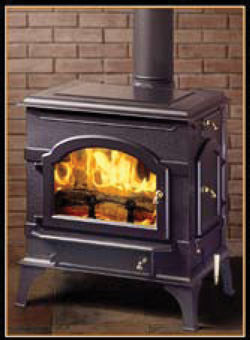MONEY AND PERSONAL FINANCE
Moneywise
Unredeemed savings bonds set a new record
Where are they? In safety deposit boxes, old desks or in dresser drawers? Wherever they may be, $16 billion worth of U.S. savings bonds are matured and no longer earning interest, according to the Bureau of the Public Debt.
At the end of the second quarter of 2008, about 8 percent of outstanding government securities have matured. That's up $10 billion from 2002.
Reinvested in savings bonds, the $16 billion would earn about $227 million a year. Visit treasurydirect.gov to check the status of your bonds.
Emerging markets
Financial advisor Jane Bryant Quinn reminds investors that emerging market mutual funds have outperformed Standard & Poor's 500 stock average over the past one, three, five, and 10 years. The e-market funds include economies that are modernizing and have growth rates that are double or triple those of the developed world.
They feature world-class corporations with innovative management, high technology and global reach. Antoine van Agtmael, author of The Emerging Markets Century, says countries of the former Third World will become the dominant economies of tomorrow. He mentions Brazil, South Korea and India.
Use your gift cards
Almost half of all Americans have at least one unused gift card, but the average number of cards these unusers have is 3.7! Some think the card's value is like money in the bank. Not so. Many cards depreciate in value over time, according to Money magazine.
If the card is issued by a company that files for bankruptcy, usually the card is worthless. Recent bankruptcies included respected companies such as Sharper Image, Bombay and Linens 'n Things.
A gift card for a store you don't frequent can be sold for up to 75 cents on the dollar at PlasticJungle.com.
Alternative heat sources
Wood stoves and pellet stoves are in style as demand increases
You can still see wood stoves in cabins, family rooms and workshops.
More than ever, they are appearing in beautiful homes and finding their way into the living room. Whether or not there is a fire burning behind their glass doors, they are a handsome room addition with their brass legs and attractive firebox designs.
They save heating costs. With high energy prices, they especially save money if the owner has a lot of trees or can find trees to cut up. In that case, sweat is the main price of heating.
Dealers say sales of wood stoves are up 250 percent over last year.
Pellet stoves are becoming the alternative heat source of choice. They run partly on electricity and use sawdust capsules the size of rabbit food as the main fuel.
They are clean burning and convenient. After pouring pellets into the hopper, the fire lights when a button is pushed. At Home Depot, sales of pellet stoves are about six times the level of 2007 sales.
The national average price for pellet fuel is about $250 per ton, according to the Wall Street Journal. It takes about three tons annually to heat the average home if the stove is its main heat source.
Open fireplaces are cozy but pull heat out of the house and up the chimney. Gas-burning inserts are a better choice. All stoves and inserts must pass EPA standards for low emissions.
The U.S. Energy Information Administration predicts that the average household will spend 20 percent more this winter on natural gas, propane and electricity. The price of heating oil could rise by 31 percent.

CDs gain wider appeal as rates continue to rise
Interest rates on certificates of deposit are inching up nationwide.
Investors who are taking some of their cash out of the stock market are viewing the traditionally safe but lowyielding CDs as a good choice for a short-term investment.
Banks are doing their part to attract extra cash to shore up deposit accounts during the problems with the housing and credit markets.
Wachovia recently offered 4.25 percent interest for a one-year CD, and Countrywide offers 5 percent on a fiveyear CD, according to Bankrate.com. Countrywide is now a unit of Bank of America.
CDs are a safe investment backed up by the Federal Deposit Insurance Corp. for up to $100,000 per bank.
What if you need your money before the maturity date? Usually, there is a penalty for early withdrawal which may be equal to three months' interest. To sidestep this loss, the common choice is to sell the CD's principal to another investor. What you would get on the pro-rated annual percentage yield depends the on the deal you make.
Another question is whether CD rates will outpace inflation. At this writing, with the Federal Reserve holding interest rates steady at 2 percent, CDs are beating inflation.
Because that could change, some investors think the most attractive CDs have maturities of three to six months.
Laddering your investment is another good strategy, according to the FDIC. It involves spreading your total deposit across multiple CDs with rolling maturity dates and cash distributions.
© 2015 TLC Magazine Online, Inc. |